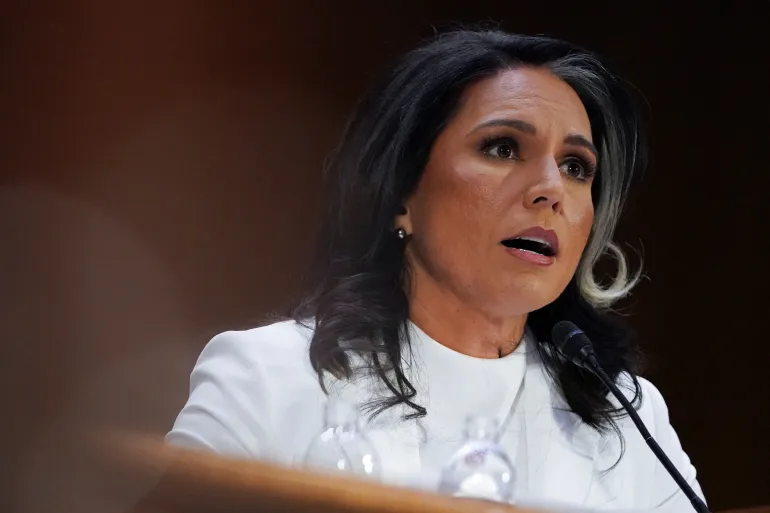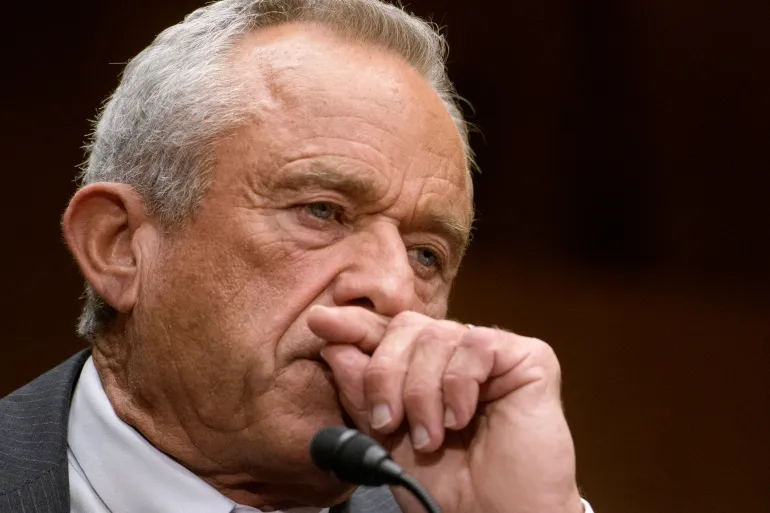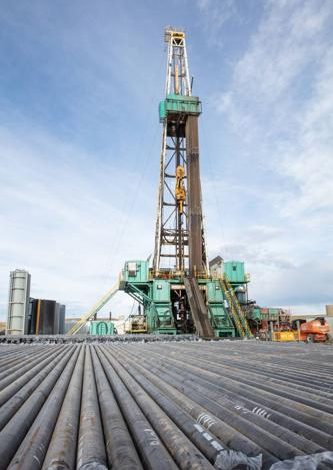Wyoming’s revenue structure is diversifying, marking a gradual shift from its historic reliance on coal and other minerals, RawlinsTimes.com reports.
According to the Consensus Revenue Estimating Group (CREG), which presented its latest report to the Legislature’s Joint Appropriations Committee on Thursday, coal and minerals, which once contributed 60% of the state’s assessed valuation between 2005 and 2014, have seen a steep decline. Instead, oil and gas, along with state investments, are now taking a more significant role in Wyoming’s revenue stream—a shift that brings both promise and heightened risk.
This transformation, detailed in the CREG’s fall report, is likely to steer policy and budgeting discussions in the upcoming legislative session.
“Wyoming’s revenue structure is becoming more diversified,” said Don Richards, co-chair of CREG.
Federal mineral royalties and mineral severance taxes, once stalwart contributors, exceeded 40% of Wyoming’s General Fund contributions only once in the past decade. Last year, they accounted for a mere 28% of the fund.
With coal’s decline, oil has taken center stage, contributing over half of Wyoming’s severance taxes in the past year. This change, while bolstering the state’s revenue, introduces substantial volatility to the budget, as oil prices are far more unpredictable than those of coal.
“We are more and more reliant on oil, which is among the most volatile,” Richards noted.
He described the dependency on oil as “high risk.” A $5-per-barrel shift in oil prices, he explained, could alter the state’s revenue by as much as $50 million annually.
The CREG report, based on an oil price estimate of $70 per barrel, also emphasized the efficiency gains in oil production, with output up by about 10% despite fewer rigs statewide. However, Richards warned that global factors, such as geopolitical tensions in the Middle East and China’s energy demands, could cause significant fluctuations in prices.
“There is nothing more important to the state’s revenue picture than oil,” he emphasized.
Natural gas, another contributor to Wyoming’s energy profile, presents similar volatility. The CREG forecast pegged natural gas prices at $3.50 per unit, with actual prices hitting close at $3.49—a result Richards attributes largely to luck given the frequent swings in prices. Wyoming’s natural gas markets are further complicated by storage overhangs and regional price disparities, with gas sold at the Cheyenne Hub, for instance, fetching lower prices than at the Opal Hub.
Coal’s contribution to state revenue continues to wane, with production forecasted to dip below 200 million tons—an output not seen in 30 years. Declines in coal production have broader economic implications, curtailing sales taxes from equipment purchases, like draglines and haul trucks, and reducing consumer spending. While CREG has forecasted coal’s downward trend accurately, Richards acknowledged that the timing has been harder to predict, impacted by changes to the planned closures of coal-powered plants that source Wyoming coal.
The CREG report highlighted some positive revenue trends. Tax collections in retail, lodging, and online sales grew modestly after two years of substantial growth. Sales and use taxes, while falling slightly below CREG’s January 2024 forecast by $4.8 million, showed a stable, diversified foundation. Retail sales account for roughly 40% of sales tax revenue, while hospitality, mining, and vehicle sales contribute around 15% each.
A notable source of Wyoming’s revenue success comes from investment income. Despite market volatility, strong investment returns in fiscal year 2023-24 have led to budgetary surpluses. General Fund and Budget Reserve Account revenues exceeded the January 2024 forecast by $122 million, driven by factors like investment income from the State Agency Pool and federal mineral royalties. Outgoing Wyoming Chief Investment Officer Patrick Fleming played a key role in this achievement. According to Richards, Fleming’s leadership attracted top financial forecasters to Wyoming, significantly bolstering the state’s investment portfolio.








